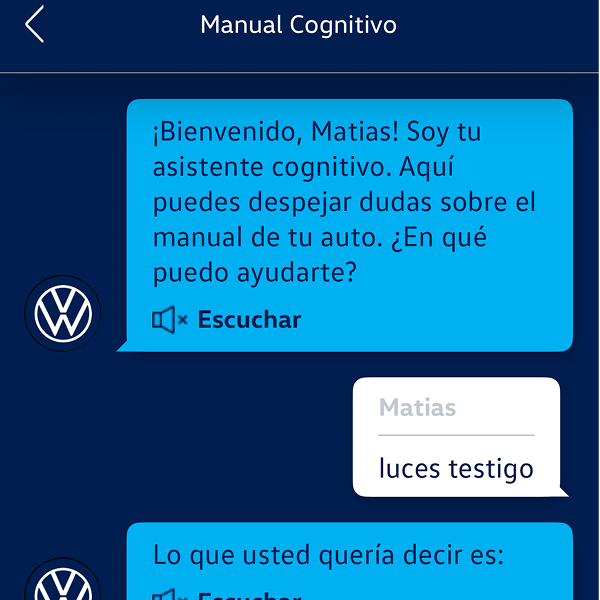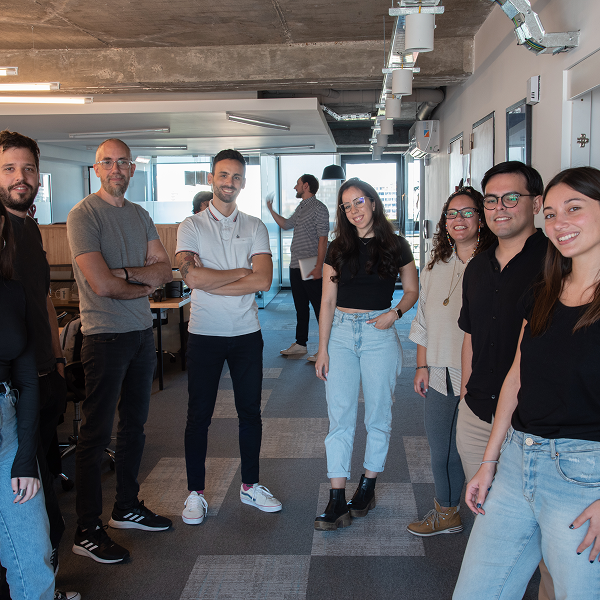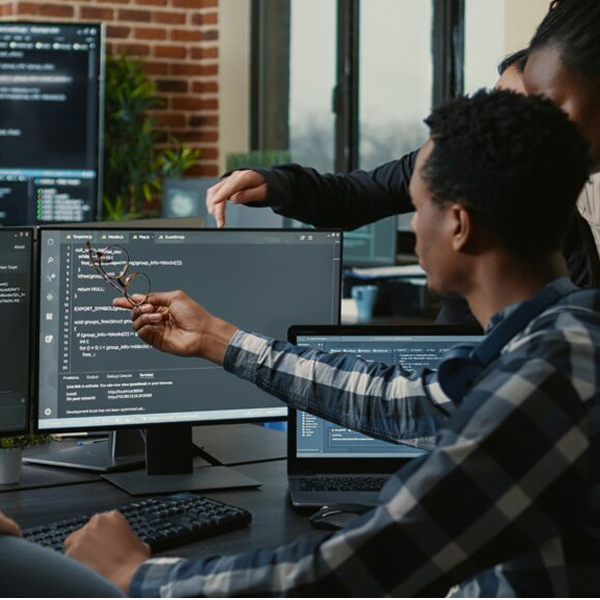In today’s fast-changing software landscape, 2025 demands more than just working code—it calls for agility, quality, and security baked into every step of the development process. Leveraging both time-tested principles and emerging trends like AI tools and platform engineering, these best practices help teams deliver software that scales, evolves, and stays secure.
Core Principles & Standards
-
Follow DRY, YAGNI, SOLID principles for modular, maintainable, and scalable architecture Prateeksha Web Design+14Sloboda Studio+142am.tech+14.
-
Adopt consistent style guides and standards (e.g. naming conventions, formatting, issue tracking workflows) to improve readability and collaboration opslevel.com.
Planning & Requirements
-
Start with a clear roadmap and MVP mindset: Break down goals into minimal deliverables and iterate based on feedback Business Insider+15Bacancy+15Built In+15.
-
Engage stakeholders early to avoid scope creep and ensure usable outcomes Sloboda Studioevincedev.com.
Coding & Code Review
-
Enforce automated code reviews and version control (e.g. Git with atomic commits). Peer review plus AI-powered suggestions can reduce bugs and improve shared learning Wikipedia+82am.tech+8Bacancy+8.
-
Use AI‑assisted development tools—like Copilot, Graphite, Cursor—that speed productivity while preserving human oversight for complex logic Business Insider.
Testing & CI/CD
-
Practice Continuous Integration and Continuous Delivery (CI/CD): automated test suites run on every commit so deployments can happen safely and frequently opslevel.com+1.
-
Adopt Continuous Testing across unit, integration, and system levels to detect risks early, align tests with business goals, and reduce technical debt Wikipedia.
Security & DevSecOps
-
Integrate security from day one (“shift left”)—secure coding standards (e.g. OWASP), threat modeling, dependency updates, input validation, error handling—are core to design and development, not afterthoughts Bacancy+1.
-
Adopt DevSecOps practices to embed risk assessment and compliance within Agile workflows; use risk‑aware teams or fused governance models for decentralized innovation TechRadardatacenters.com.
Architecture & Platform Strategy
-
Embrace cloud-native, API-first, and event-driven patterns for modern, scalable applications, often paired with microservices or serverless/edge-native approaches.
-
Platform engineering and internal developer platforms help scale teams and standardize environments—supporting velocity and developer experience (DevEx).
Optimization, Refactoring & Maintenance
-
Regularly profile and refactor code, optimizing database queries and addressing memory leaks—it improves performance and reduces future friction.
-
Document as you go: auto‑generated documentation, architectural notes, API docs—all kept up‑to‑date alongside code changes.
Team Culture & Innovation
-
Iterate fast with a startup mindset: encourage cross-functional teams, rapid releases, user feedback cycles, and tolerance for safe failure deloitte.wsj.com.
-
View developers as architects and creative directors, not code merchants—especially in an AI-augmented environment; human oversight remains vital.
Trending Tools & Techniques
-
AI-assisted workflows continue to transform development: AI reviews, code generation, automated optimization. Still, developers must review AI output for reliability and context Sloboda Studio+3Graphite.dev+3digicleftsolutionsllc.com+3.
-
Low-code/no-code platforms accelerate prototyping and automation while reserving professional coding for complex or performance‑critical components Graphite.dev+1.
Quick Checklist
| Area | Best Practice |
|---|---|
| Planning | Clear roadmap, MVP, stakeholder alignment |
| Coding | DRY/SOLID code, style guides, code reviews |
| Testing | CI/CD + continuous testing |
| Security | Security‑first development, DevSecOps |
| Architecture | Cloud-native, API-first, modular design |
| Maintenance | Refactoring, documentation, monitoring |
| Culture | Agile iterations, experimentation mindset, AI collaboration |
Blending time‑tested best practices with modern trends like AI tools, platform engineering, and DevSecOps equips teams to ship faster, safer, and smarter. In 2025, software development is as much about managing complexity and risk as it is about writing code. By cultivating a culture of quality, security, and collaboration—and leaning into AI as a productivity partner—teams can deliver true value while staying adaptable.







